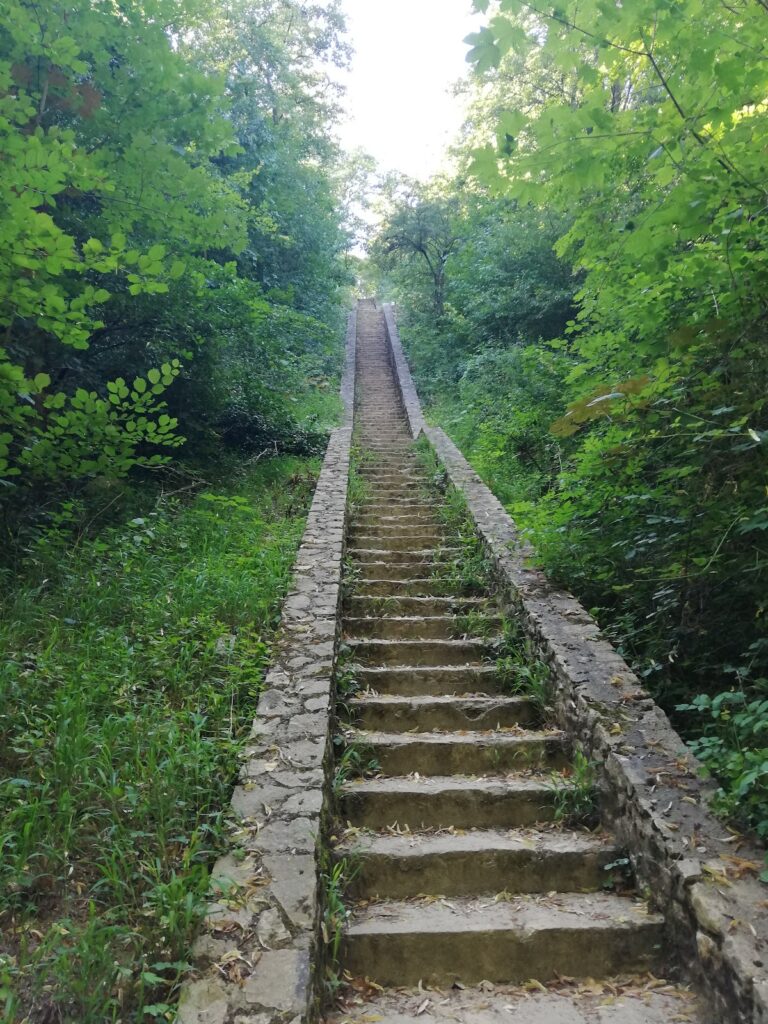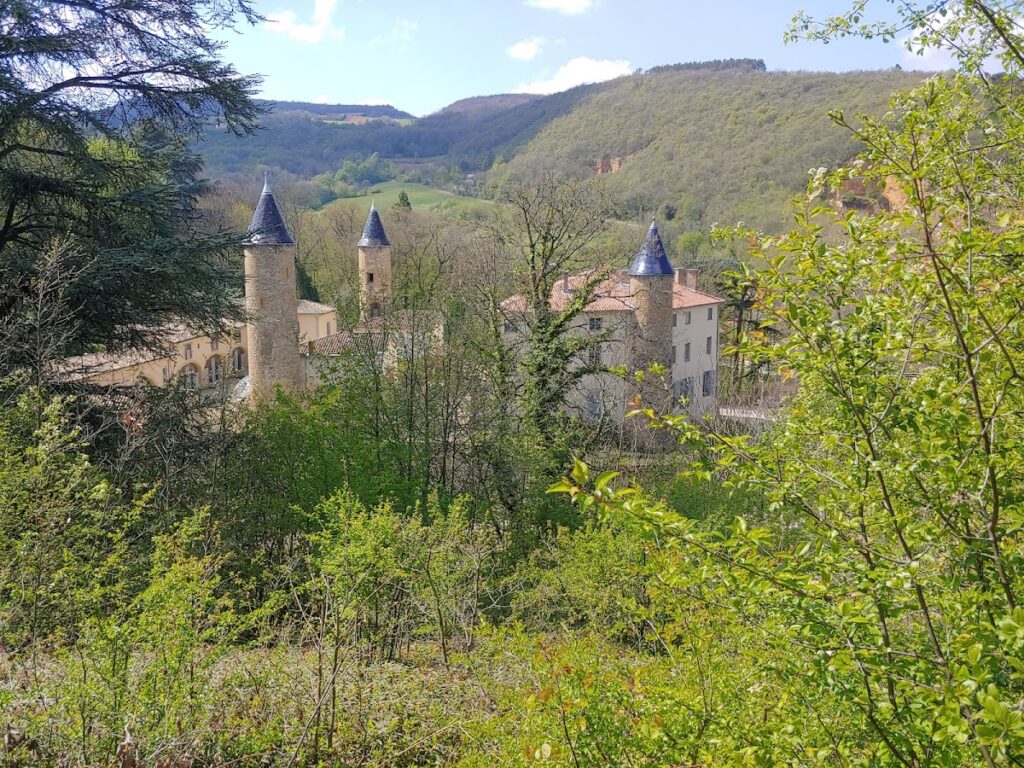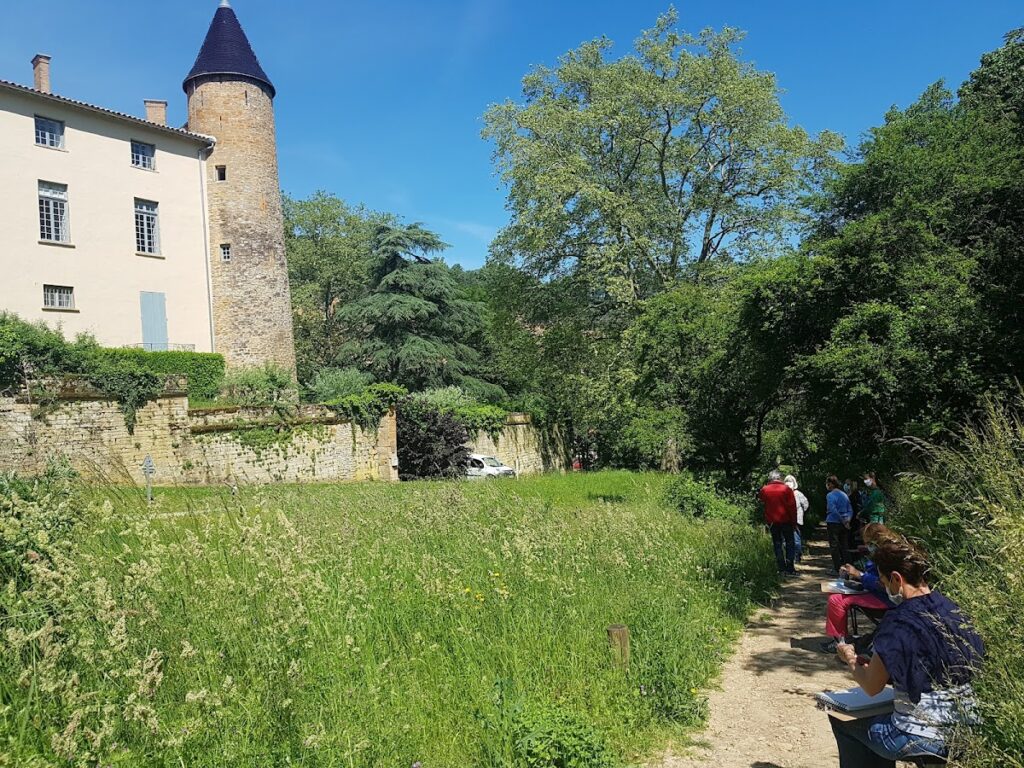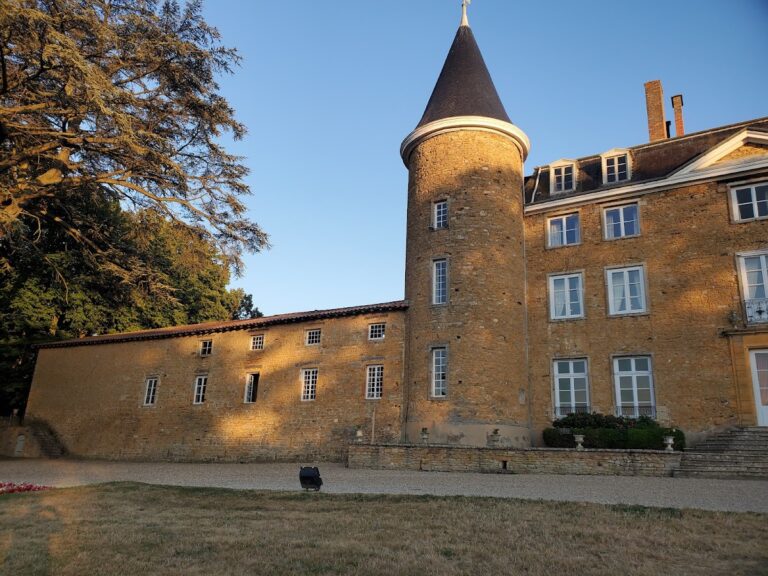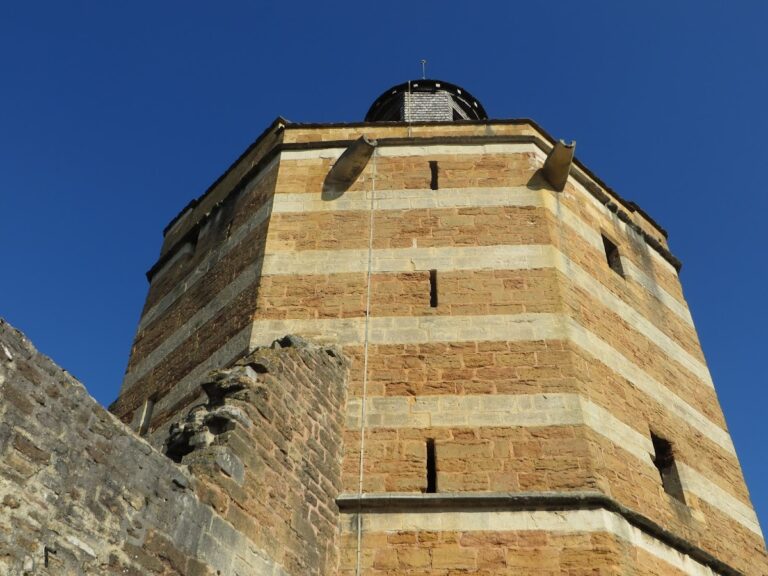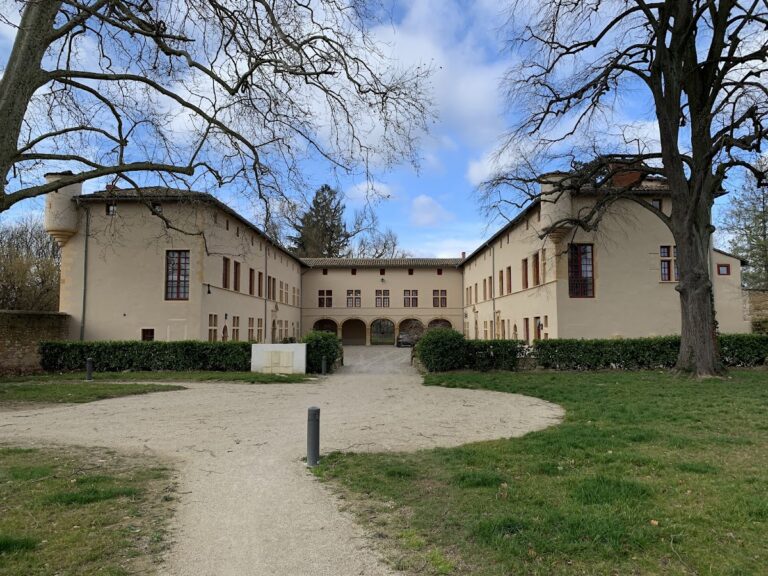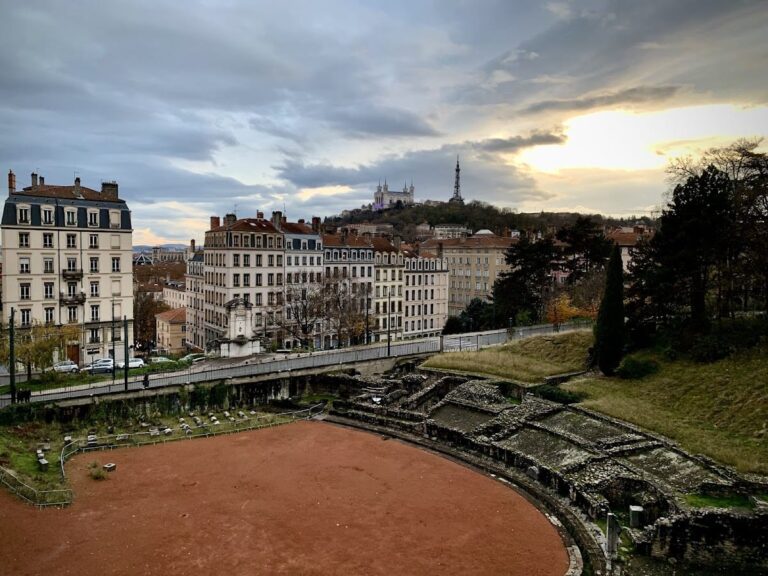Château de la Trolanderie: A Historic Castle in Curis-au-Mont-d’Or, France
Visitor Information
Google Rating: 4.4
Popularity: Very Low
Google Maps: View on Google Maps
Official Website: www.curis.fr
Country: France
Civilization: Unclassified
Remains: Military
History
The Château de la Trolanderie is situated in Curis-au-Mont-d’Or, France, and was originally constructed by the local count at the close of the 12th century as a fortified residence within a feudal territory. This early establishment served as the seat of lordship where vassals swore allegiance and managed their fiefs. Records from the early 13th century mention the transfer of ownership between knights and clergy, indicating its importance within local power structures.
During the 13th century, the castle came under the control of the d’Albon family, a lineage known for their significant roles in both ecclesiastical circles and political affairs in Lyon. The family was influential in banking operations and participated actively in Lyon’s integration into the Kingdom of France. This period marked the château’s connection to broader regional developments beyond its immediate domain.
From the 17th century onward, ownership of the château changed hands multiple times. The Neufville de Villeroy family, combining political clout with religious authority, were among its notable proprietors. Subsequently, the estate passed to merchants and officials engaged in fiscal administration, holding the property until the upheavals of the French Revolution.
In the early 18th century, the château gained prominence for its remarkable art collection, which included pieces by renowned painters such as Rubens and Tintoretto. The interior chapel was adorned with paintings by Daniel Sarrabat, reflecting the refined cultural tastes of its owners during this period.
By the late 18th century, under Rose Achallée de Francesqui, the property saw substantial modernization. Architect Jean-Antoine Morand directed the redesign of the château’s façade and the development of formal gardens, integrating elegance with contemporary comforts. This transformation mirrored emerging aesthetic preferences of pre-revolutionary France.
During the French Revolution, the château was seized as national property but was eventually returned to the heirs of the original family. Throughout the 19th century, it passed through various hands but experienced decline due in part to the devastation of its vineyards by phylloxera, an insect pest, and financial difficulties among its owners.
At the turn of the 20th century, industrialist Germain Falcot undertook restoration efforts, revitalizing the château’s structure and commissioning the creation of a romantic-style park designed by landscape architect Gabriel Luizet. The property served multiple roles during the 20th century, including functioning as a boarding school and a refuge during World War II and again in 1962 for repatriates, before falling into neglect.
Efforts to preserve the château began in the 1980s, leading to partial historic listing in 1988 and full inscription of the domaine in 2007. Renovations in the early 21st century converted the château into apartments, maintaining protections under historic monument regulations. The surrounding park area, once agricultural land with vineyards and water-based installations, has been stewarded by public agencies since 2009, with active restoration of its landscape features continuing today.
Remains
The château presents a substantial residential structure with a history reflecting both medieval origins and later stylistic transformations. Its construction includes vaulted cellars characterized by ribbed ogive arches—a type of pointed arch typical of Gothic architecture—indicating an original 12th-century fortified design. The façade and roofing visible today date mainly from the 18th-century remodeling carried out under Jean-Antoine Morand, featuring refined architectural elements from that period.
The layout of the château, as described in an 18th-century sale document, consisted of approximately ten rooms per floor, highlighting its considerable size. Among the public spaces was a large salon adorned with marble statues positioned within niche recesses, emphasizing the importance of decorative arts in its interior. Historical records also mention the presence of faience stoves, which are ceramic heating elements, and a variety of textiles, all contributing to the comfort and luxury experienced by the inhabitants.
Within the estate grounds, two isolated towers remain, closely connected to the château’s chapel, both of which are partially protected under historic monument status. These structures reinforce the site’s ecclesiastical associations during its history.
The château’s park spans about 33 hectares on the northern slopes of Mont Thou and originally consisted of agricultural plots including vineyards, cereal fields, orchards, and pastures. Terraces and a kitchen garden complemented this productive landscape. A notable hydraulic system supplied water throughout the domain, feeding a large rectangular basin, multiple mills, and decorative fountains. Historical plans from 1783 and artistic representations from 1774 document the formal garden design that featured two ornamental basins, ten distinct garden compartments, and integrated water features.
A long canal bordered by a carriage path and an artificial cascade—now cleared—were key elements of the waterscape. Tree-lined avenues, including alignments of poplars and cherry trees, marked the approach to the estate’s entrances, emphasizing its grandeur. The late 19th-century redesign by Gabriel Luizet introduced a more romantic style to the landscape, replacing earlier formal gardens with a naturalistic arrangement.
Within the park stand several mature trees of significant age, including an especially prominent magnolia. The grounds support diverse wildlife populations, such as wild boars, a variety of birds, and salamanders, reflecting the ecological richness maintained in this historic setting.
